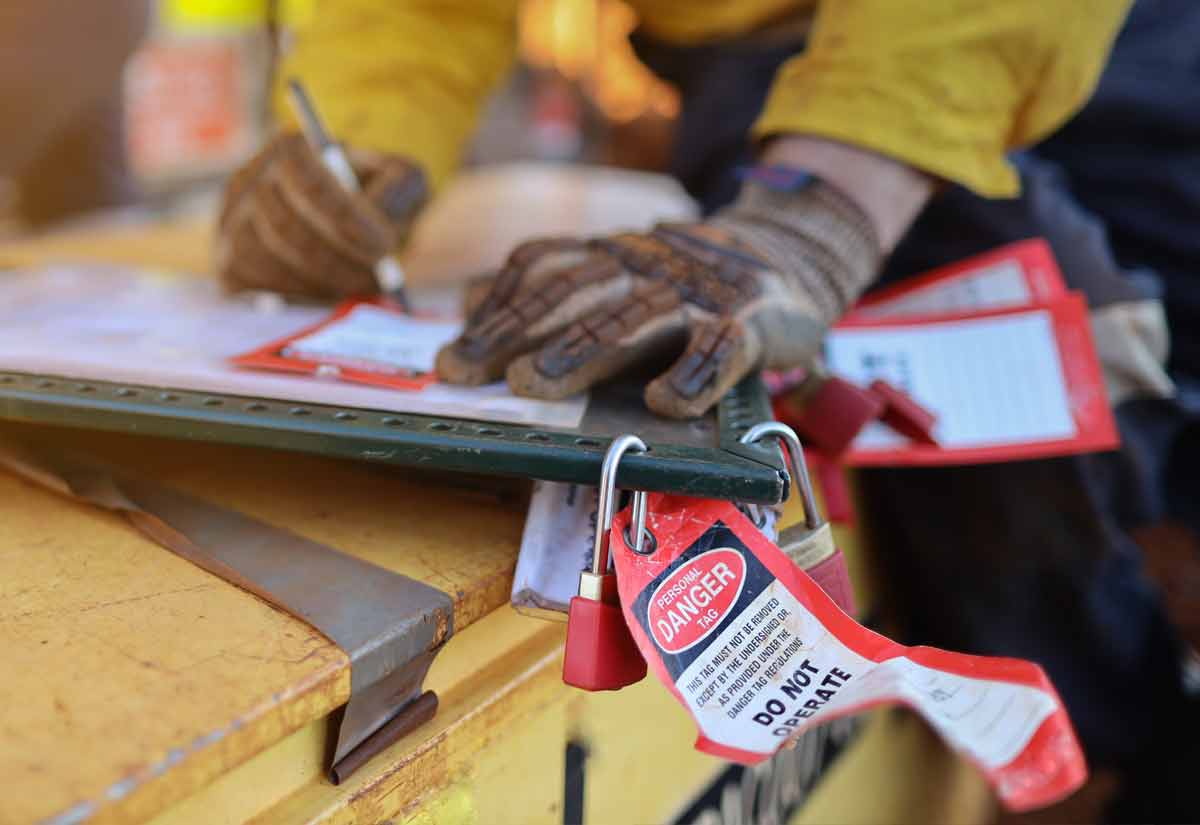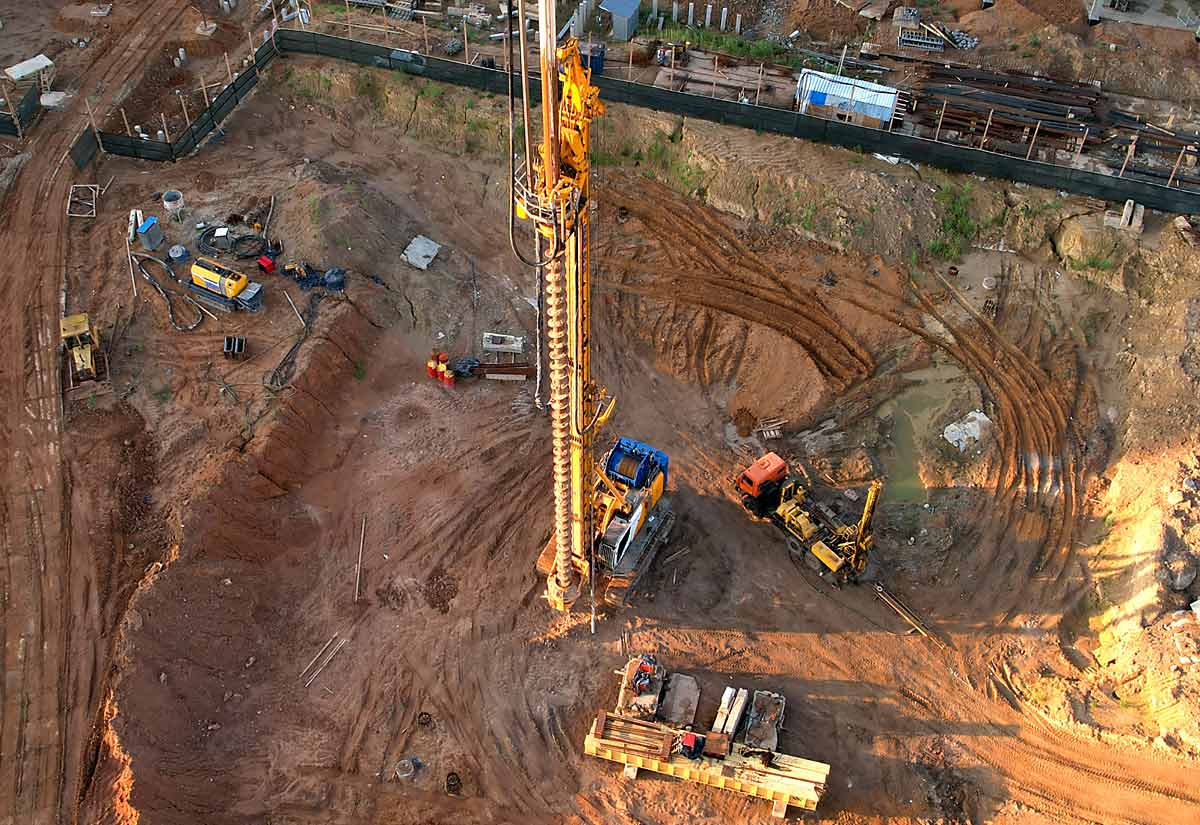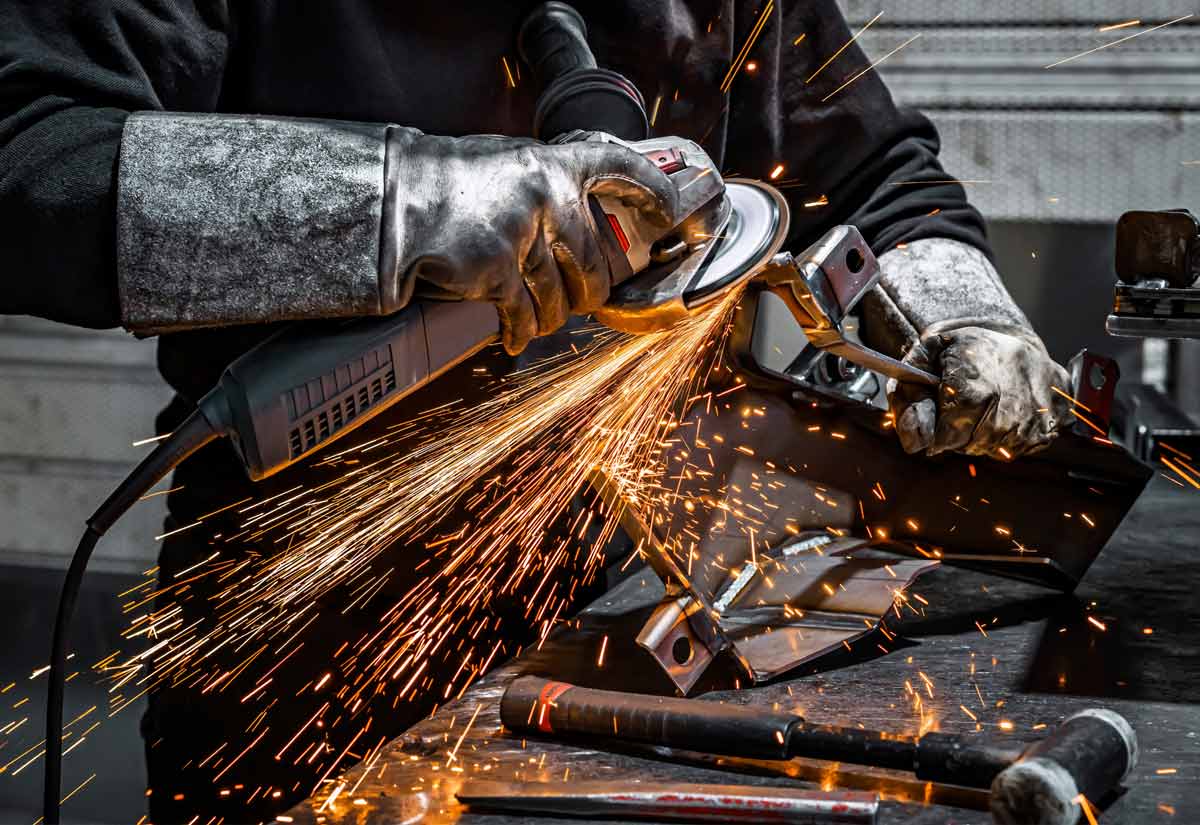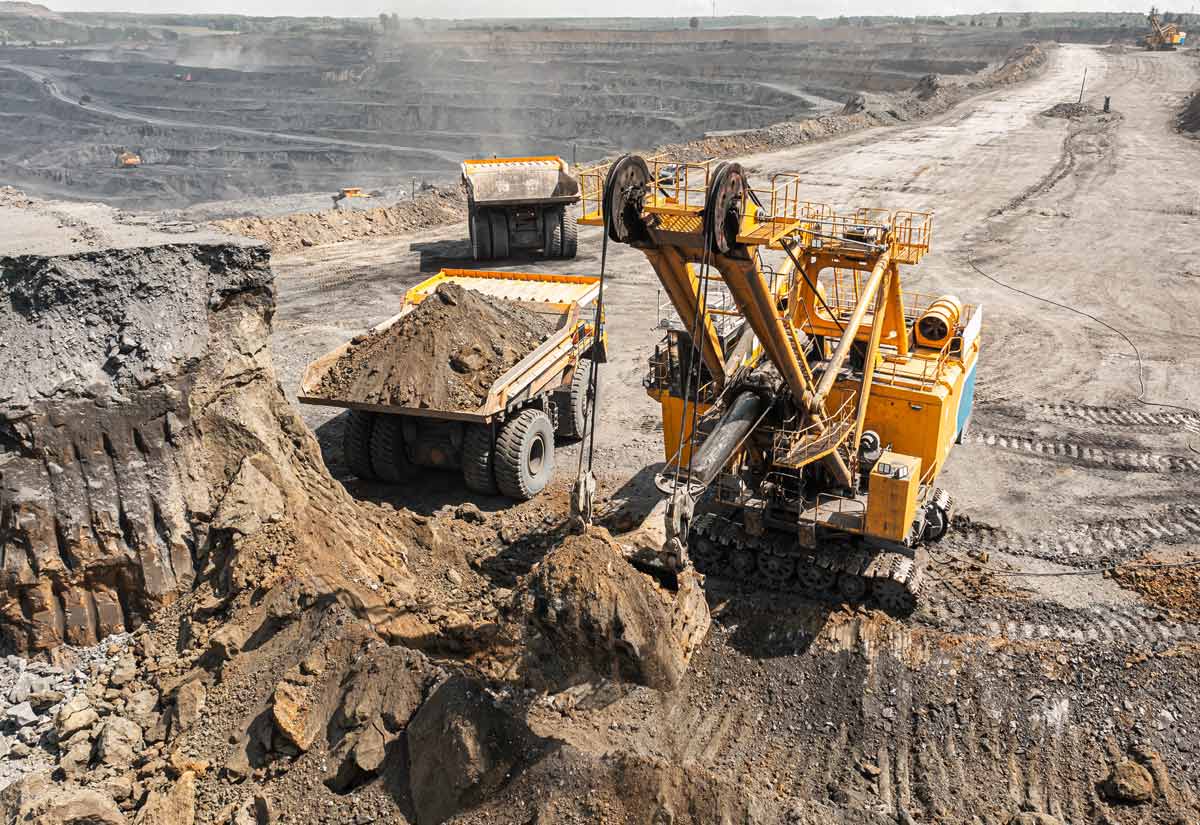By Kal Gal Maggie, Gemini Pro 1.5 LLM, AI Mining Specialist Intern at Resource Erectors
So, the Boss Man is on the hunt for a top-notch Underground Electrical Supervisor. And not just any pencil-pusher with a hard hat. He’s looking for the kind of sparky whose eyes light up at the mere mention of mining controls, PLCs, and VFDs.
You know the type, the always engineering kind of guy or gal, who’d rather spend a Friday night elbow-deep in a control panel than watch reality TV. The kind of person who treats the Carroll Technologies Group catalog like it’s the Victoria’s Secret fashion show.
We’re talking complex power distribution systems, the beating heart of which is often a custom-designed mine power center like the beasts Carroll Technologies’ Mining Controls Inc. (MCI) crafts.
These systems are more than just metal boxes full of wires – they’re engineered to withstand some of the harshest environments on Earth while keeping the juice flowing (and everyone safe).
Now, where do those PLCs and VFDs come into play? Think of them as the brains and brawn of the operation. PLCs are calling the shots, automating processes, and making sure everything runs like a well-oiled (or should I say, well-greased?) machine.
Decoding the PLC Alphabet Soup: Fixed vs. Modular
Programmable Logic Controllers (PLCs) are the unsung heroes of automation, orchestrating complex industrial processes with remarkable precision. But navigating the world of PLCs can feel like deciphering a secret code. Fear not, intrepid engineers, for Kal Maggie is here to demystify one of the fundamental distinctions: fixed vs. modular PLCs.
Fixed PLCs: Compact Control for Specific Tasks
Imagine a trusty Swiss Army knife, compact, versatile, and perfect for various everyday tasks. That’s your fixed PLC. It comes pre-configured with a set number of inputs and outputs, making it ideal for smaller-scale systems or standalone applications where flexibility isn’t paramount.
Benefits of Fixed PLC:
- Cost-Effective: Fixed PLCs are generally easier on the budget, making them attractive for projects with tighter financial constraints.
- Space-Saving: Their compact footprint makes them suitable for applications where space is at a premium.
Fixed (Preset) PLC Limitations:
- Limited Expandability: Adding functionality beyond the pre-set I/O can be challenging or impossible.
- Trickier Troubleshooting: With components integrated into a single unit, isolating faults can be more involved.
Modular PLCs: Scalability and Customization Reign Supreme
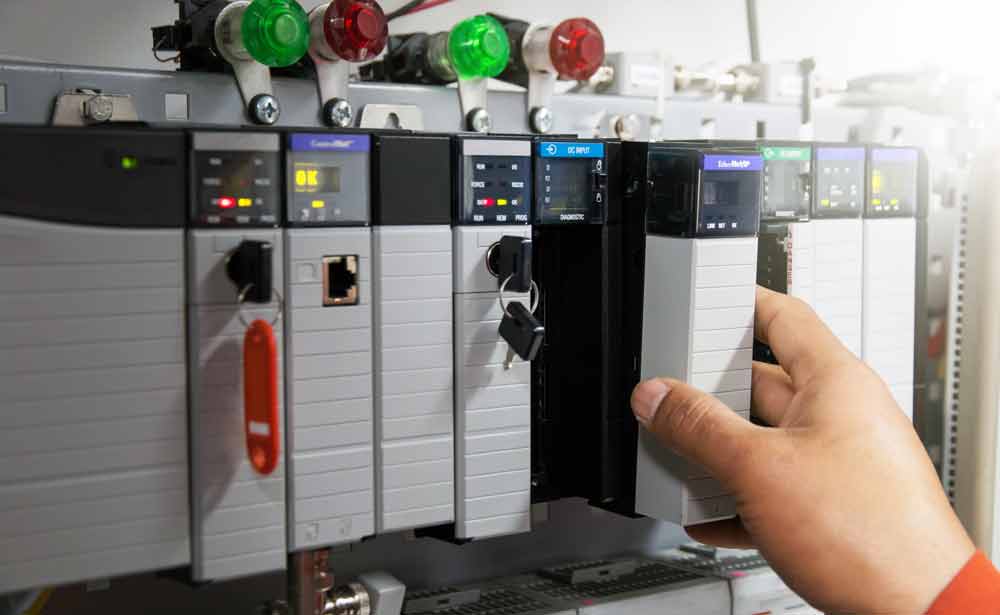
Picture a high-performance modular synthesizer capable of endless sonic possibilities as you plug in different components. Modular PLCs offer the same level of flexibility and scalability. Need more I/O? No problem, just add another module. Want to integrate advanced control functions? There’s a module for that.
Benefits of Modular PLCs
- Scalability: Modular PLCs grow with your needs, making them ideal for applications that are expected to expand over time.
- Customization: Tailor your control system with specialized modules for specific functions, communication protocols, or demanding environments.
- Simplified Maintenance: Modular design allows for easy isolation and replacement of faulty components, minimizing downtime.
Limitations of Modular PLCs
- Higher Upfront Cost: Modular PLCs’ flexibility and scalability come at a price, with an initial investment typically exceeding that of fixed systems.
- Increased Complexity: Designing and configuring a modular system can be more complex, requiring specialized expertise.
The Bottom Line on PLCs
Meanwhile, VFDs are keeping those massive motors spinning smoothly and efficiently, whether it’s conveyor belts hauling ore or gigantic fans keeping the air breathable. However, no technical piece on electrical industrial infrastructure would be complete without including this alert.
VFDs and EBD: Beyond Efficiency Lies Potential Bearing Trouble
Variable frequency drives (VFDs) have revolutionized motor control in countless industrial applications, including mining. Their ability to optimize efficiency and enable precise control is well-documented. However, a less-discussed side effect of VFD operation is the potential for electrical damage to motor bearings.
VFDs generate high-frequency voltage transients on motor shafts due to the pulsed nature of their output waveforms. Without a low-impedance path to ground, this voltage can discharge through the motor bearings, leading to a phenomenon known as electrical bearing damage (EBD).
EBD manifests as pitting, frosting, or fluting on bearing raceways, significantly shortening bearing lifespan and potentially leading to catastrophic motor failure. Traditional insulation methods, such as insulated bearings or shaft coatings, often prove ineffective against the high-frequency voltages generated by VFDs.
Shaft Grounding Rings: A Robust Solution for EBD Mitigation
Shaft Grounding Rings provide a reliable, cost-effective solution to mitigate EBD in VFD-controlled motors. These rings are designed with conductive microfibers that create a low-impedance path from the motor shaft to the ground, effectively channeling harmful shaft voltages away from bearings.
Critical Advantages of Grounding Rings For VFDs:
- Effective across a Wide Frequency Range: Grounding rings effectively divert high-frequency shaft voltages, addressing the specific challenge posed by VFDs.
- Easy Installation: These rings can be easily installed externally without requiring costly or time-consuming motor modifications and downtime.
- Long-Term Protection: With robust construction and durable materials, top-shelf grounding rings offer long-lasting protection for motor bearings.
While VFDs offer compelling benefits regarding efficiency and control, addressing the potential for EBD is crucial. Incorporating Shaft Grounding Rings into your VFD-controlled motor systems provides a simple yet effective insurance policy, safeguarding your assets and ensuring long-term reliability.
Remember, investing in proper grounding and bearing protection is essential to realizing the full potential of VFD technology while avoiding costly downtime and premature motor failures that could easily lead to premature career failures.
Is There An AI For That? Kal Maggie Says Not this AI!

But here’s the million-dollar question (or maybe billion-dollar, considering the cost of some of these mines!): “Can we hand over the reins of all this sophisticated tech to an AI?”
Could a souped-up algorithm handle modern mine management’s immense pressure and constant juggling act?
Sure, companies like IBM, Oracle, and Nvidia are developing targeted AI solutions for industrial applications, and the future of mining automation is looking mighty bright… or perhaps LED-lit? But for now, you can bet your bottom Bitcoin that nothing beats a top-notch Underground Electrical Supervisor’s experience, intuition, and problem-solving skills.
So, if you’re the kind of electrically inclined mind who thrives under pressure and loves the idea of powering progress in one of the most challenging industries on Earth, update that resume and give Resource Erectors a shout! The future of mining is electric, and they’re looking for the best and brightest to lead the charge.

